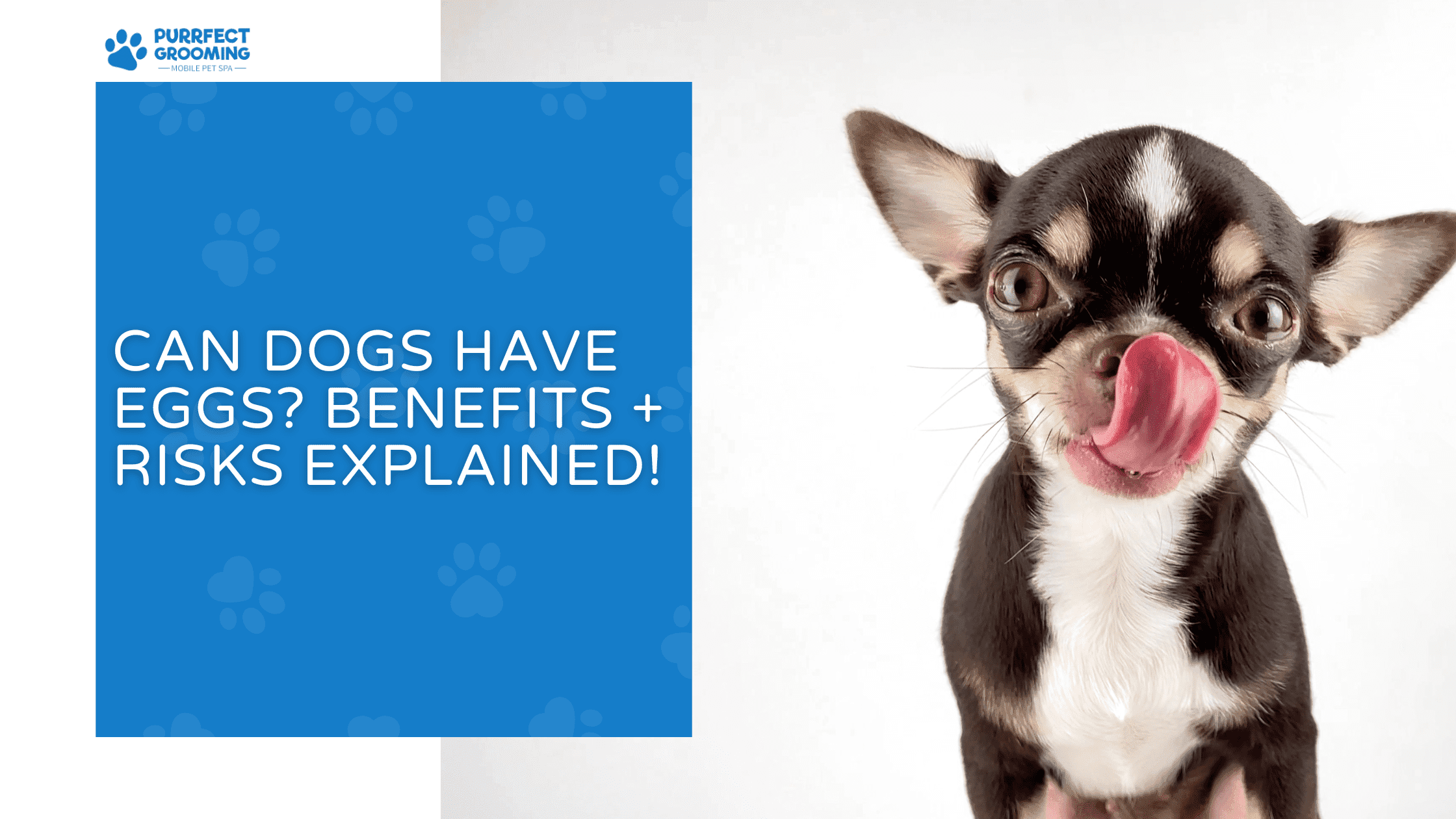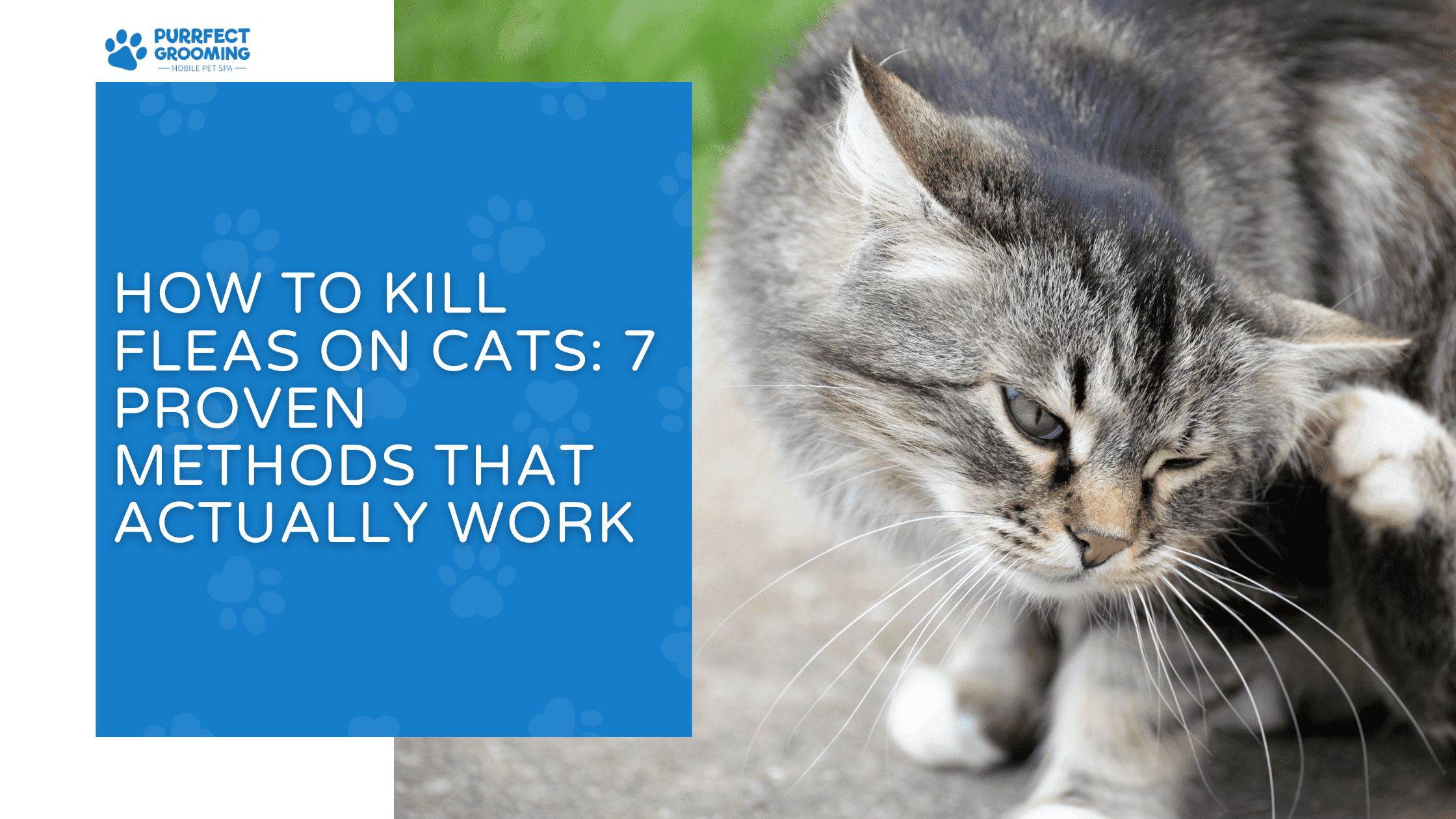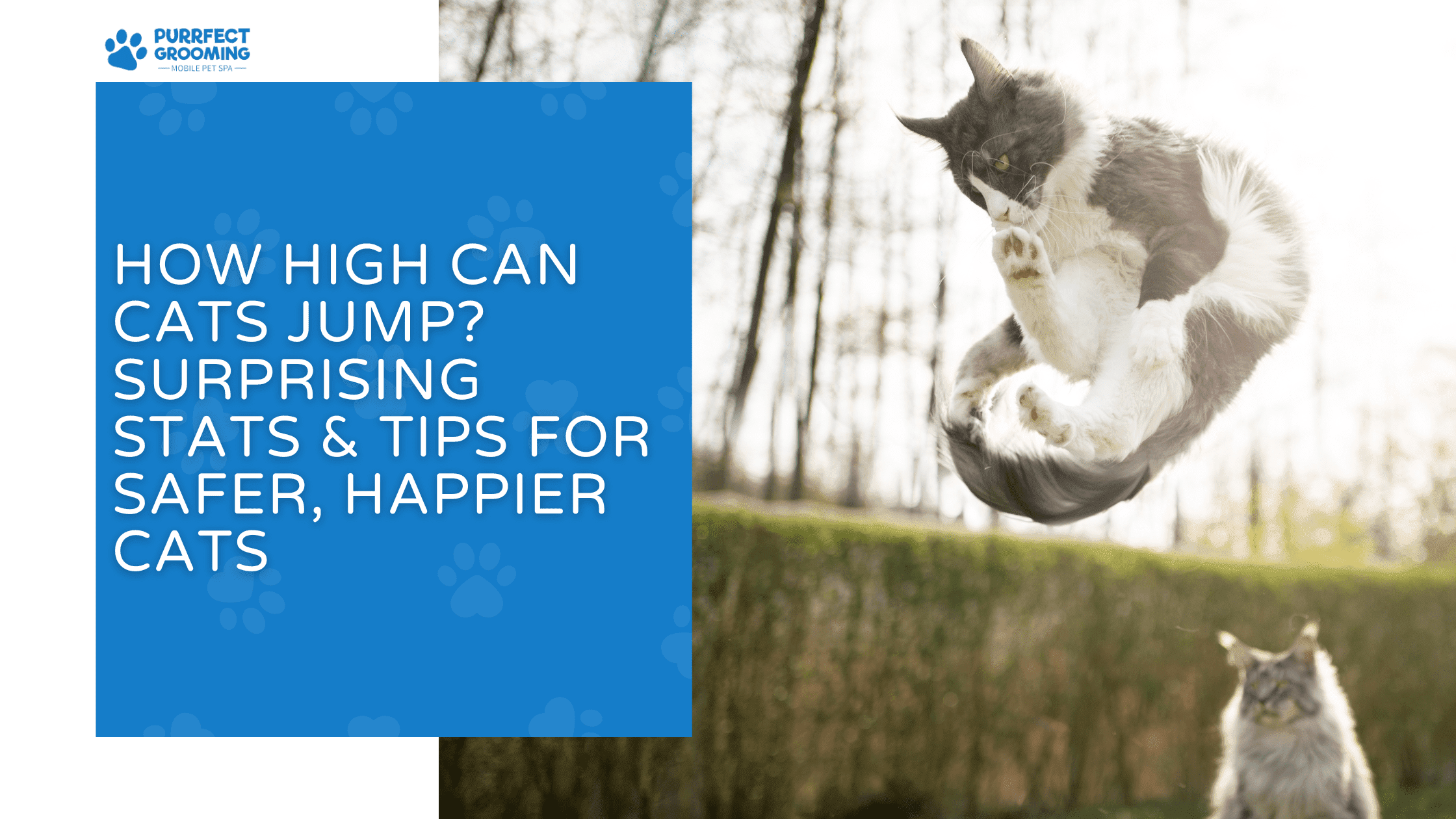Why Do Dogs Howl? 17 Real Reasons That Might Surprise You
Ever been startled by your dog letting out a long, emotional howl for seemingly no reason? If so, you’re probably wondering: why do dogs howl? Whether it’s in response to sirens, loneliness, or boredom, howling is one of the most mystifying behaviors in our canine companions.
According to research by the American Veterinary Medical Association (AVMA), around 25% of dogs exhibit howling behaviors as part of regular communication. This age-old instinct, inherited from their wolf ancestors, is more than just noise—it’s a vocal signal with meaning behind it. In this detailed guide, we’ll unpack 17 of the most common and surprising reasons dogs howl, and we’ll provide science-backed, practical solutions for each one.
Understanding the Basics of Dog Communication
How Dogs Use Sound
Dogs don’t have words, but their sounds are far from meaningless. Howling is a tool for long-distance communication. Unlike barking, which tends to be reactive and short-lived, howling carries over longer distances and is more deliberate. In the wild, wolves howl to locate pack members or to signal warnings. Domesticated dogs, though far removed from wolves, retain this behavior as a way to connect with humans, other dogs, or their environment. It’s a full-body signal, often accompanied by specific facial expressions, tail positioning, or body posture.
Body Language + Vocal Cues
When trying to interpret a dog’s howl, you can’t ignore the body language that goes with it. A dog pacing nervously while howling might be anxious. One that lies calmly while howling could be relaxed or engaging with ambient sounds. Watching for signs like a tucked tail, pinned-back ears, or restlessness helps you understand whether your dog is howling from joy, fear, stress, or something else entirely.
1. Instinctual Pack Behavior
Evolutionary Reasoning
Dogs are descendants of wolves, and their instinctual behaviors haven’t faded entirely with domestication. In the wild, wolves howl to maintain pack unity, alert others to their location, or defend territory. Dogs often howl in the same spirit—it’s their way of saying, “I’m here!” This is especially common in breeds closely related to wolves, such as Huskies and Malamutes. Their genetics make them more prone to vocalization, especially when separated from their “pack,” which includes you.
Connection to Wolves
Even though your living room is far from the forests wolves roam, your dog still carries those primal instincts. Many dogs howl when they hear distant noises because they perceive it as a signal from another member of their pack. It’s deeply hardwired in their DNA to answer back.
2. Separation Anxiety
Signs & Symptoms
Separation anxiety is one of the most common reasons for distress howling. Dogs are naturally social animals, and being left alone can make them feel isolated or vulnerable. If your dog howls the moment you close the door, they may be experiencing severe anxiety. Additional signs include destructive behavior (like chewing furniture), pacing, excessive drooling, or bathroom accidents indoors.
Tips to Reduce It
Alleviating separation anxiety involves a combination of training and environmental enrichment. Begin by leaving your dog alone for short periods and gradually increasing the time. Use puzzle toys, background music, or white noise to provide mental stimulation. Avoid dramatic departures and returns, as they can reinforce anxiety. In severe cases, consider consulting a behaviorist or your vet for additional treatment options.
3. Seeking Attention
How Dogs Learn to Get a Response
Dogs are incredibly observant. If they howl and you respond—whether positively or negatively—they quickly learn that howling is an effective tool to grab your attention. This often happens unintentionally when dog owners rush over every time the dog howls. For your pet, it’s a win: they made noise, and you came running.
Reinforcing Positive Behavior
The trick is to ignore howling that is purely attention-seeking. Wait until your dog is quiet before giving them affection, treats, or play. This teaches them that silence, not sound, gets rewarded. It’s important to be consistent—mixed signals can confuse your dog and make the behavior worse.
4. Responding to Sounds
Dogs hear far more frequencies than humans can. That’s why a fire truck siren or even a flute in a song can cause your dog to howl in response. This isn’t necessarily distress—often, they’re reacting out of instinct or curiosity.
To your dog, certain pitches might resemble the howls of other dogs. Their response is essentially a conversation: “I hear you. I’m here too!” This is particularly common in dogs with strong hunting or communication instincts.
You May Also Like : How To Put A Harness On A Dog?
5. Medical Issues
Not all howling is behavioral. Sometimes, it’s a distress signal caused by pain or illness. If your dog starts howling suddenly and often, especially at night or without a clear trigger, a vet visit is warranted. Possible issues range from ear infections and digestive problems to more serious conditions like arthritis or cognitive decline.
Early intervention is crucial, especially if howling is accompanied by limping, decreased appetite, or lethargy. Always trust your instincts—if something seems off, get it checked.
6. Expressing Emotions
Just like humans laugh, cry, or scream, dogs use howling to express a range of emotions. It could be joy when you return home, frustration over not reaching a toy, or sadness at being left out. Some dogs even howl when they hear music—especially if it’s in a pitch that resonates emotionally with them.
Understanding the emotional tone behind a howl can help you respond appropriately. Pay close attention to context: Is your dog wagging its tail, or hiding in a corner? That tells you everything.
7. Territorial Warning
Dogs are naturally territorial creatures. When they hear or smell an unfamiliar person or animal approaching, they may howl to send a loud, clear message: “This is my turf!” This is often paired with barking, a stiff posture, or intense focus on doors or windows.
Training and socialization can help manage this behavior. You can also block outside views if your dog gets triggered by passersby.
8. Boredom and Lack of Exercise
A tired dog is a quiet dog. When dogs don’t get enough mental or physical activity, they often find their own ways to entertain themselves—and that includes howling. It’s their version of shouting into the void.
Daily walks, fetch sessions, and interactive toys help burn off energy and keep their minds busy. Dogs that are regularly engaged are far less likely to resort to vocal behaviors like howling.
9. Cognitive Dysfunction in Older Dogs
Aging can affect a dog’s brain just like it does humans. Canine Cognitive Dysfunction Syndrome (CDS) is often compared to Alzheimer’s. One of the signs? Confused, aimless howling—especially at night. Your dog may seem disoriented, forget where they are, or stare into space.
Providing nightlights, maintaining a consistent routine, and consulting your vet for medications or supplements can help ease these symptoms.
10. Breed-Specific Traits
Certain dog breeds are just more vocal by nature. If you own a Husky, Beagle, Coonhound, or Dachshund, you already know how expressive they can be. These breeds were originally bred for hunting, herding, or guarding—jobs that required loud vocalizations.
Understanding your dog’s genetic background can help you manage expectations and provide the right training from the start.
11. Responding to Other Dogs
Dogs are social animals, and sometimes they just want to join in. If your dog hears another one howling down the street, they might respond purely out of social instinct. This call-and-response pattern can create an unintentional “neighborhood concert.”
While it’s often harmless, it can become a nuisance if it happens frequently. Reinforcing quiet behavior with positive reinforcement helps in these situations.
12. Training or Conditioning
Believe it or not, you may have trained your dog to howl without realizing it. If they howled once and got a treat or a cuddle, they’re going to try it again. Dogs learn by association, and consistent patterns stick quickly.
To reverse this, start rewarding silence and ignoring noise. Timing is everything—be sure to give praise only when your dog is calm.
13. Loneliness
Dogs don’t like being alone for long periods. If your dog is left home all day without companionship, howling may be their only outlet. They’re calling out, hoping someone hears them and responds.
Consider hiring a dog walker or arranging doggy playdates. Even something as simple as leaving the radio on can help them feel less alone.
14. Hunger or Thirst
Just like toddlers cry when they’re hungry, dogs may howl to let you know their basic needs aren’t being met. Ensure your dog has constant access to fresh water and is on a regular, healthy feeding schedule. Sudden howling near meal times might be a helpful hint.
15. Fear or Stress
Thunderstorms, fireworks, new environments—these are all triggers that can send your dog into a state of panic. Howling is a natural reaction to fear in many dogs. You’ll often see this paired with shaking, hiding, or panting.
Comfort your dog with a safe space, such as a crate with a blanket over it, and try to limit exposure to scary stimuli. Calming pheromone diffusers and anxiety wraps also help.
16. Reproductive Communication
Unspayed or unneutered dogs may howl more, especially when trying to attract a mate. Hormonal changes can cause unpredictable vocal behavior.
Spaying or neutering your pet not only helps control the pet population but can significantly reduce behavior issues like persistent howling.
17. Enjoyment or Fun
Some dogs just howl because they enjoy it. Puppies especially will explore different sounds, often mimicking other dogs or humans. This is harmless and often adorable. It’s their way of experimenting with their voice and place in the family.
Table: Common Dog Howling Triggers & Their Likely Meaning
| Trigger | Possible Meaning | Recommended Response |
| Firetruck or Siren Sounds | Instinctual response or mimicry | Calmly redirect attention or desensitize using sound CDs |
| Owner Leaving the House | Separation anxiety | Gradual desensitization, puzzle toys, calming sprays |
| Strangers Near Home | Territorial warning | Use commands, remove visual triggers, reward calm behavior |
| Late Night Vocalizing | Cognitive dysfunction | Provide nightlights, vet check-up, maintain routine |
| Dog in Heat Nearby | Reproductive communication | Spay or neuter, close windows, restrict outdoor access |
| Hunger or Empty Water Bowl | Basic need unmet | Regular feeding and hydration schedule |
| Lack of Physical Activity | Boredom or excess energy | Increase exercise, add interactive toys |
How to Stop Unwanted Howling
Training Tips
Stopping your dog from howling excessively doesn’t mean silencing their voice altogether—it means helping them communicate in more appropriate ways. Start by identifying the root cause. Is it fear, anxiety, excitement, or boredom? Once you know the “why,” you can better address the “how.” Use the “quiet” command paired with consistent training. When your dog howls, wait for a moment of silence and immediately reward with treats or praise. This teaches them that silence—not noise—brings good things.
Also, try redirecting their energy with engaging toys, obedience games, or scent-based activities. A tired, stimulated dog is less likely to howl for entertainment. Avoid yelling or punishing, as it may increase anxiety and worsen the behavior.
Tools & Aids
There are also tools available that can assist in reducing howling episodes. Calming products like pheromone diffusers, anxiety wraps, or white noise machines can work wonders for dogs who howl due to anxiety or environmental triggers. Additionally, pet cams with two-way audio allow you to check in and speak to your dog during the day—sometimes hearing your voice is enough to calm them down.
When to See a Vet or Trainer
It’s important to distinguish between behavioral howling and medical howling. If your dog suddenly starts howling with no prior history, and especially if it’s accompanied by other changes like eating less, sleeping more, limping, or confusion, it’s time to call your vet. Howling can be a symptom of pain, digestive issues, or cognitive disorders in older dogs.
If medical issues are ruled out but the howling persists, seek help from a professional dog trainer or a canine behaviorist. These experts can tailor solutions based on your dog’s personality, environment, and habits. A well-trained dog with healthy routines is far less likely to howl out of confusion or frustration.
Pro Tip from a Canine Behavior Expert
“One of the biggest mistakes dog owners make is reacting emotionally to howling. Dogs are incredibly attuned to our emotions. The more calmly and consistently you respond, the easier it is for your dog to understand what you expect.”
— Dr. Alicia Hart, CPDT-KA, Certified Professional Dog Trainer
Consistency is everything. Whether you’re trying to correct excessive howling or simply understand your dog’s vocal behavior, sticking to the same routines and responses will yield the best results.
Conclusion
So, why do dogs howl? The reasons are vast and varied—ranging from ancestral instincts and medical issues to emotional expressions and boredom. Some dogs howl to get your attention, others do it for fun, and some are trying to tell you something important. Understanding the context and patterns around your dog’s howling is the first step toward managing or embracing it.
It’s not about silencing your dog. It’s about building trust, offering comfort, and strengthening your bond. With the right approach—whether it’s training, environmental changes, or simply meeting their needs—you can help your dog communicate more peacefully and confidently.
FAQs
1. Why do dogs howl at night?
Nighttime howling can stem from loneliness, boredom, or cognitive issues in older dogs. It may also be triggered by ambient sounds outside like wildlife or passing vehicles.
2. Is it okay to ignore howling?
If the howling is attention-seeking and not caused by stress or pain, ignoring it can help stop the behavior over time. However, always rule out medical or emotional causes first.
3. Which dog breeds howl the most?
Breeds like Huskies, Beagles, Malamutes, and Coonhounds are genetically predisposed to howl more due to their working backgrounds and strong vocal instincts.
4. How do I stop my dog from howling when I leave?
Use crate training, white noise machines, interactive puzzle toys, and calming music. You can also desensitize your dog by practicing short absences and gradually increasing the time.
5. Can howling indicate pain or illness?
Yes. Sudden or unusual howling—especially when paired with other behavioral changes—can be a sign of injury, illness, or age-related cognitive dysfunction. Consult your vet if unsure.









